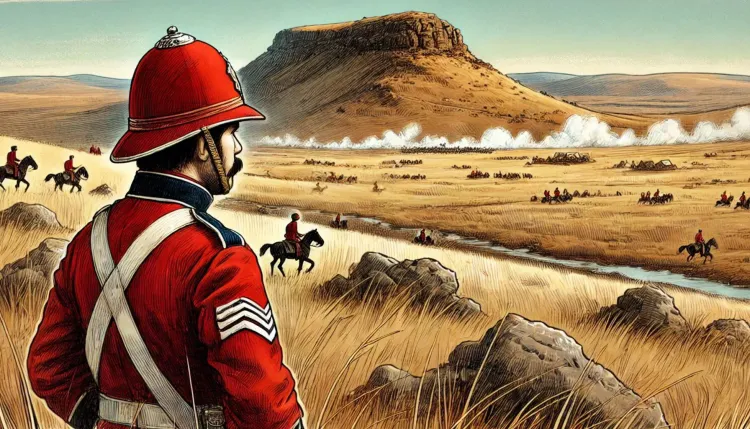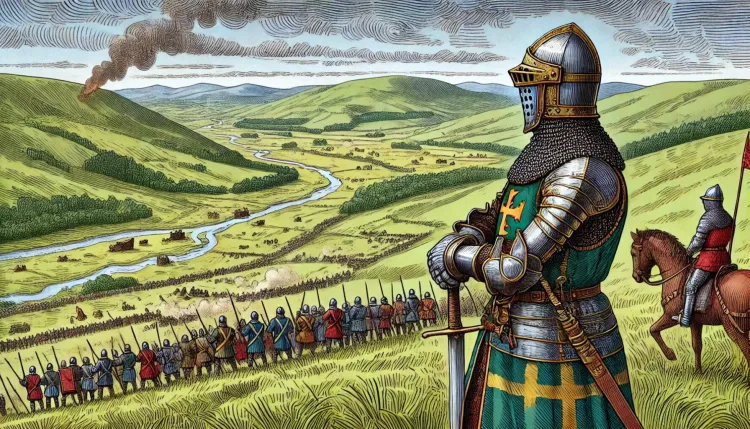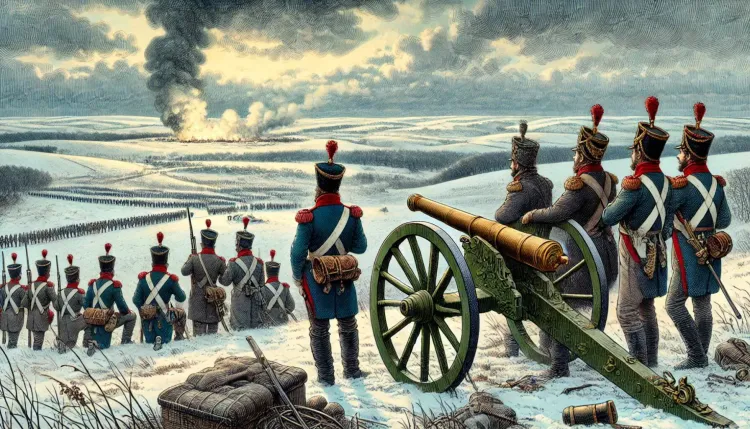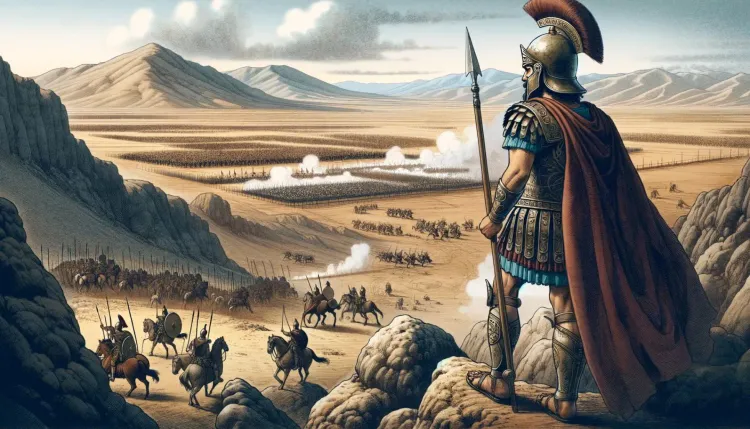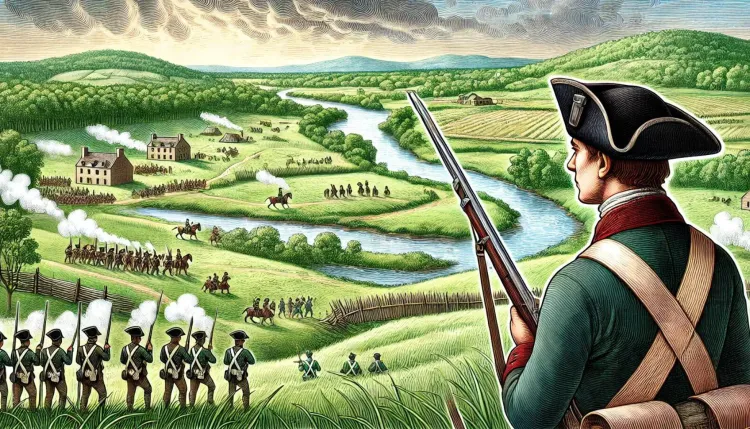Battle of Guam
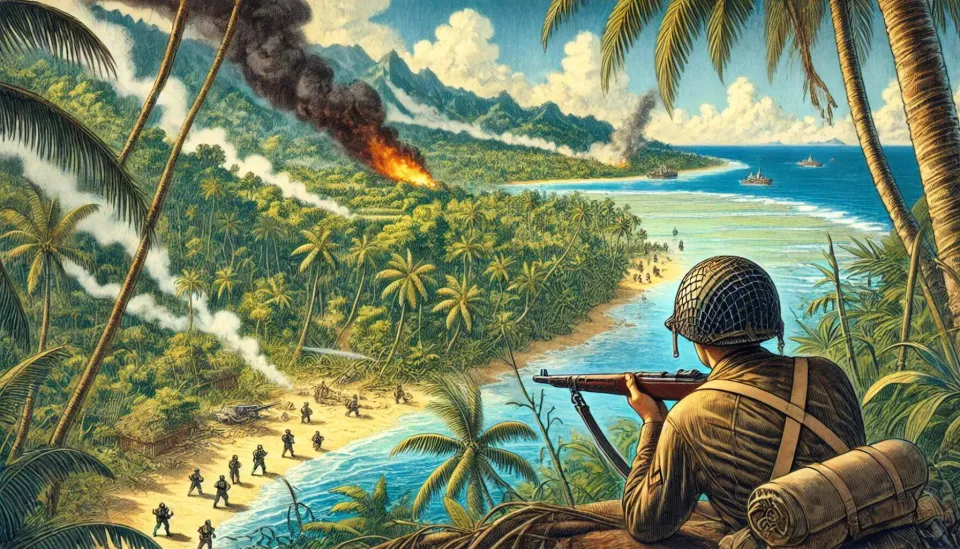
Prelude to Battle
The Battle of Guam, fought between July 21 and August 10, 1944, was a pivotal encounter in the Pacific Theater of World War II and part of the United States’ broader island-hopping strategy against Japanese forces. Guam, the largest of the Mariana Islands, was strategically critical for both the Allies and the Japanese due to its geographical proximity to Japan and its valuable airfields, which allowed control of air routes across the Pacific. Previously seized by the Japanese in December 1941, Guam had since become a fortified hub within Japan’s defensive network. By 1944, American forces were determined to recapture Guam as part of their campaign to secure the Marianas and disrupt Japanese logistics and supply lines.
For the United States, the Marianas represented a launching pad for direct attacks on the Japanese home islands, while for Japan, it was a vital shield against Allied advances. The battle that unfolded on Guam was not only a clash of military might but a test of endurance, strategy, and fortitude, with both sides prepared to make enormous sacrifices.
Opposing Forces: American Forces
The U.S. military effort on Guam was spearheaded by the 3rd Marine Division and the 77th Infantry Division, alongside naval and air support. Task Force 53, commanded by Rear Admiral Richard L. Conolly, was responsible for transporting and landing American forces, supported by Task Force 52’s naval artillery and air cover provided by carrier-based aircraft. In total, approximately 36,000 American troops participated in the operation.
The Marines were supported by Sherman tanks, Howitzer artillery units, and extensive naval gunfire from battleships, cruisers, and destroyers. Additionally, aerial support played a significant role, with bombing raids conducted by carrier-based planes to weaken Japanese defenses before the amphibious landing. American forces had the advantage of advanced radar systems and extensive logistics networks, ensuring a steady flow of supplies. The morale was high among U.S. troops, bolstered by previous successes in the Pacific and the objective of liberating American territory. Commanders like Major General Roy S. Geiger and Major General Andrew D. Bruce were experienced and respected, known for their emphasis on coordinated attacks and tactical resilience.
